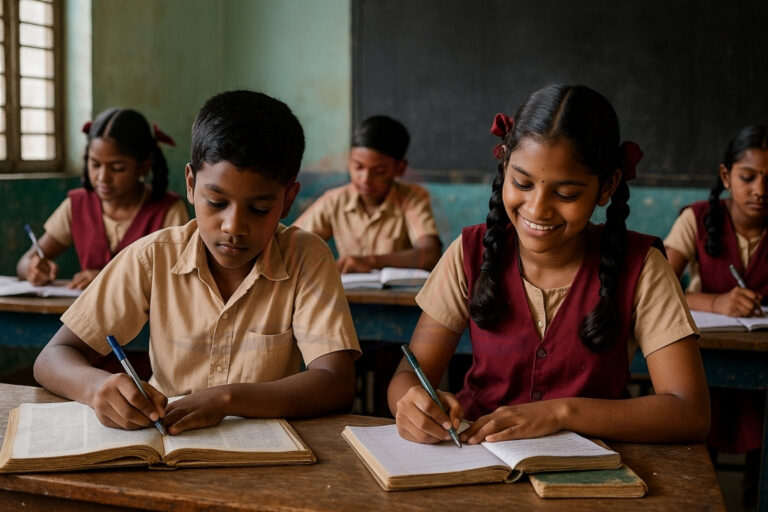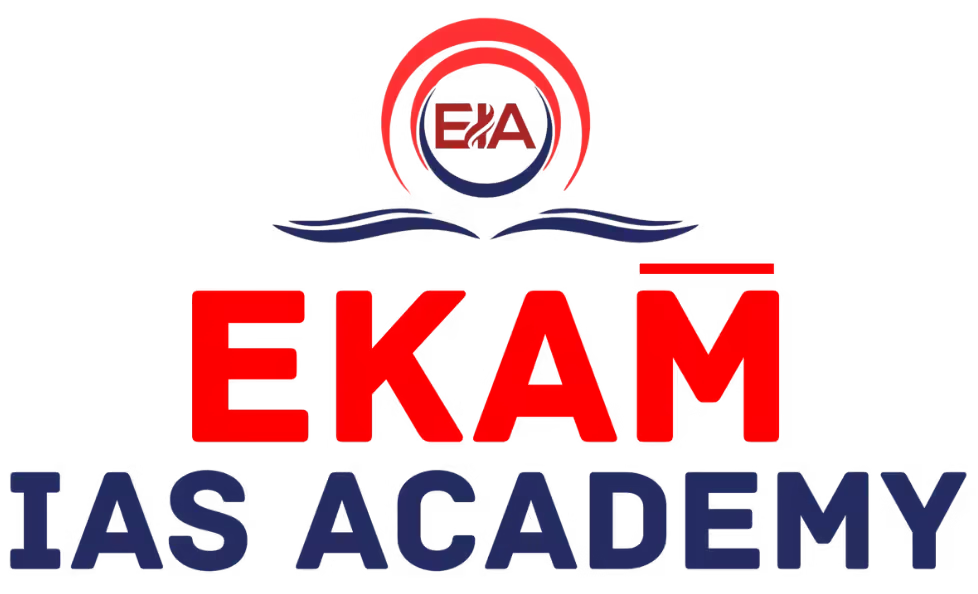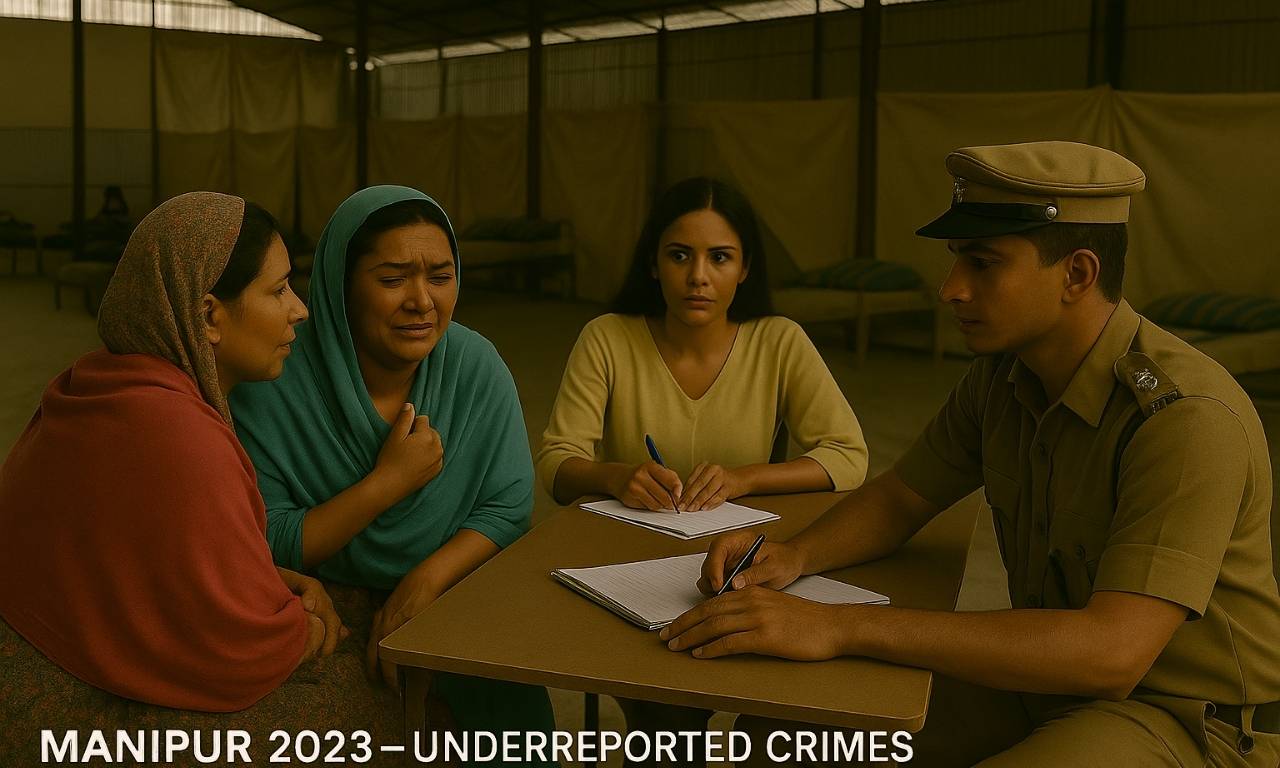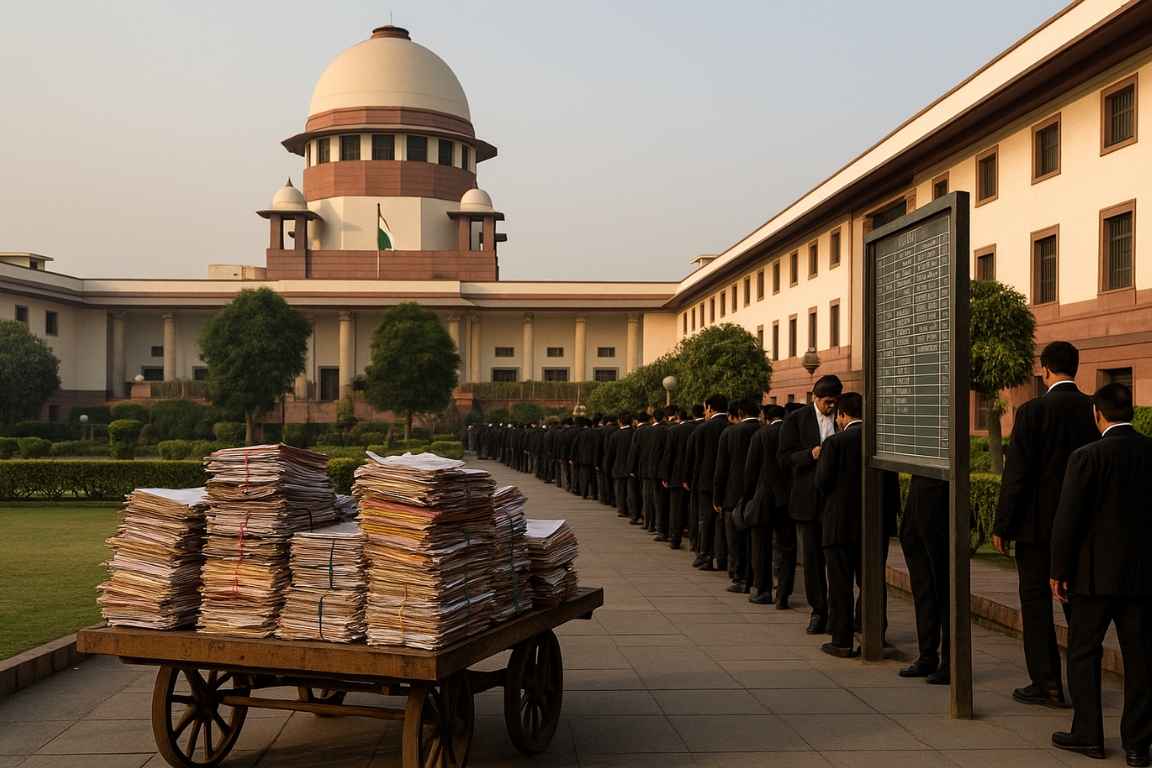On July 31, 2025, Tamil Nadu felicitated 135 students from Adi Dravidar and Tribal Welfare Schools who secured admission to India’s top institutions, reflecting the State’s long-term focus on education as a tool for social justice.
Historical Foundations Early reforms:
- 1920 – First mid-day meal served in a Chennai municipal school, inspired by Justice Party leader P. Theagaraya Chetty.
- 1921 – Communal Government Order ensured access to education for marginalised communities.
- Dravidian movement governments since 1967 expanded these reforms with inclusive education policies.
Key Education Initiatives Food and Nutrition Support
- Mid-Day Meal Scheme evolved into one of the world’s largest school meal programmes.
- Free Breakfast Scheme (2022) to improve attendance, especially in rural and disadvantaged areas.

Financial Assistance
- Pudhumai Penn Thittam: ₹1,000 monthly stipend for girl students from government/aided schools pursuing higher education.
- Scholarships from primary to research level.
- Fee waivers and exam concessions for entry to premier institutions.
Access and Infrastructure
- Free education, textbooks, and uniforms to reduce cost burden.
- Safe hostels with food and accommodation for students from remote areas.
- Skill training programmes to enhance employability.
Academic Support
- Special coaching for competitive entrance exams (IITs, NITs, law, fashion, aviation).
- Illam Thedi Kalvi initiative post-COVID to bridge learning gaps.
Achievements
- 135 students from marginalised backgrounds admitted to IITs, NITs, NIFT, NLUs, Miranda House, etc.
- All 6 Scheduled Tribe seats at Rajiv Gandhi National Aviation University secured by Tamil Nadu students.
- Gross Enrolment Ratio (GER) in higher education:
- Overall: 47% (national average 28.4%)
- Women: 47.3% (national average 28.5%)
Significance
- Reflects a systemic change, not isolated success.
- Shows that equal opportunity + sustained support can help disadvantaged students excel.
- Strengthens Tamil Nadu’s image as a leader in inclusive higher education.
Conclusion:
Tamil Nadu’s governance model rooted in social justice, targeted schemes, and consistent investment in education has created one of India’s most inclusive higher education systems. The State aims to continue bridging inequalities and building a just, prosperous, and humane society through education.





